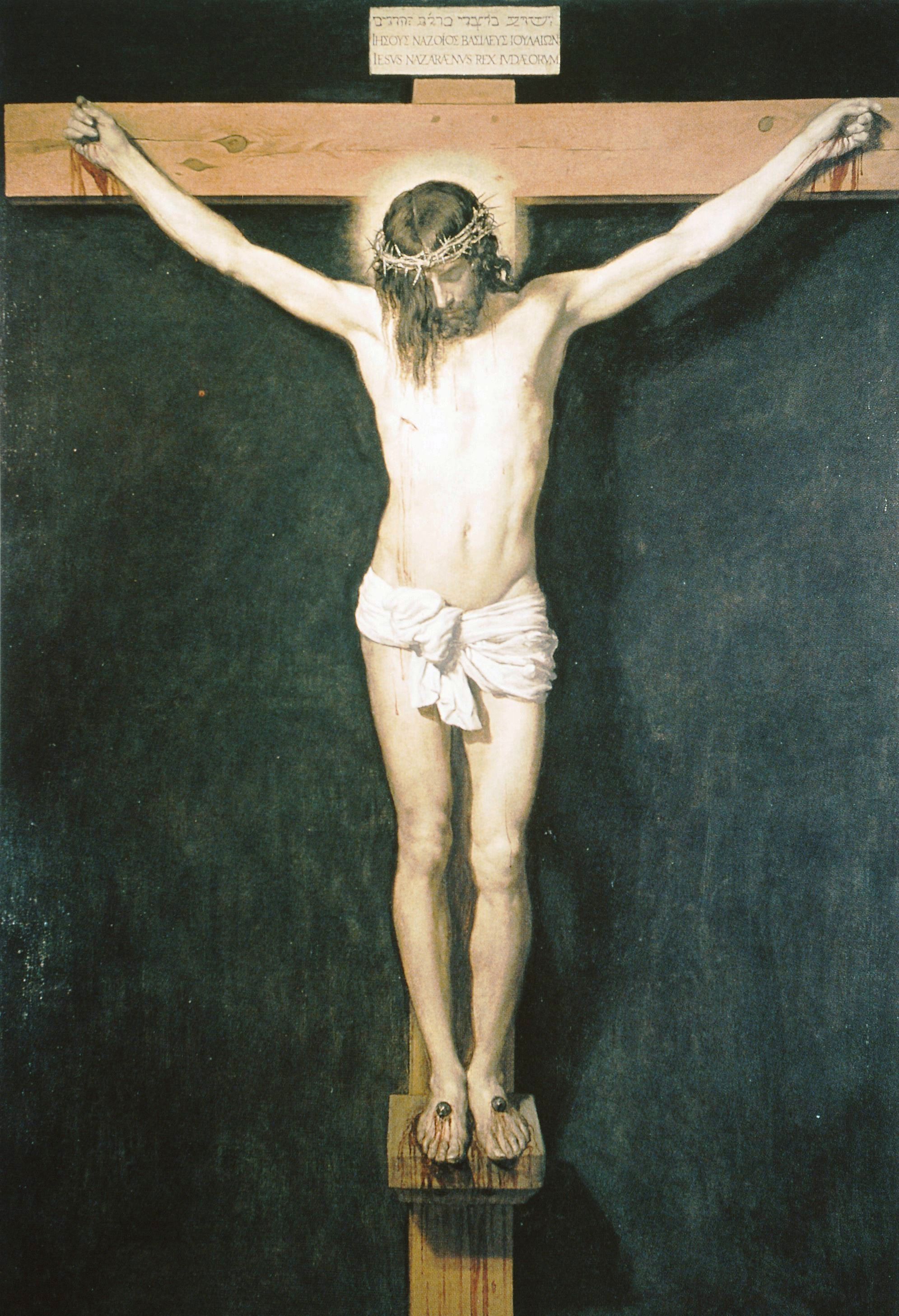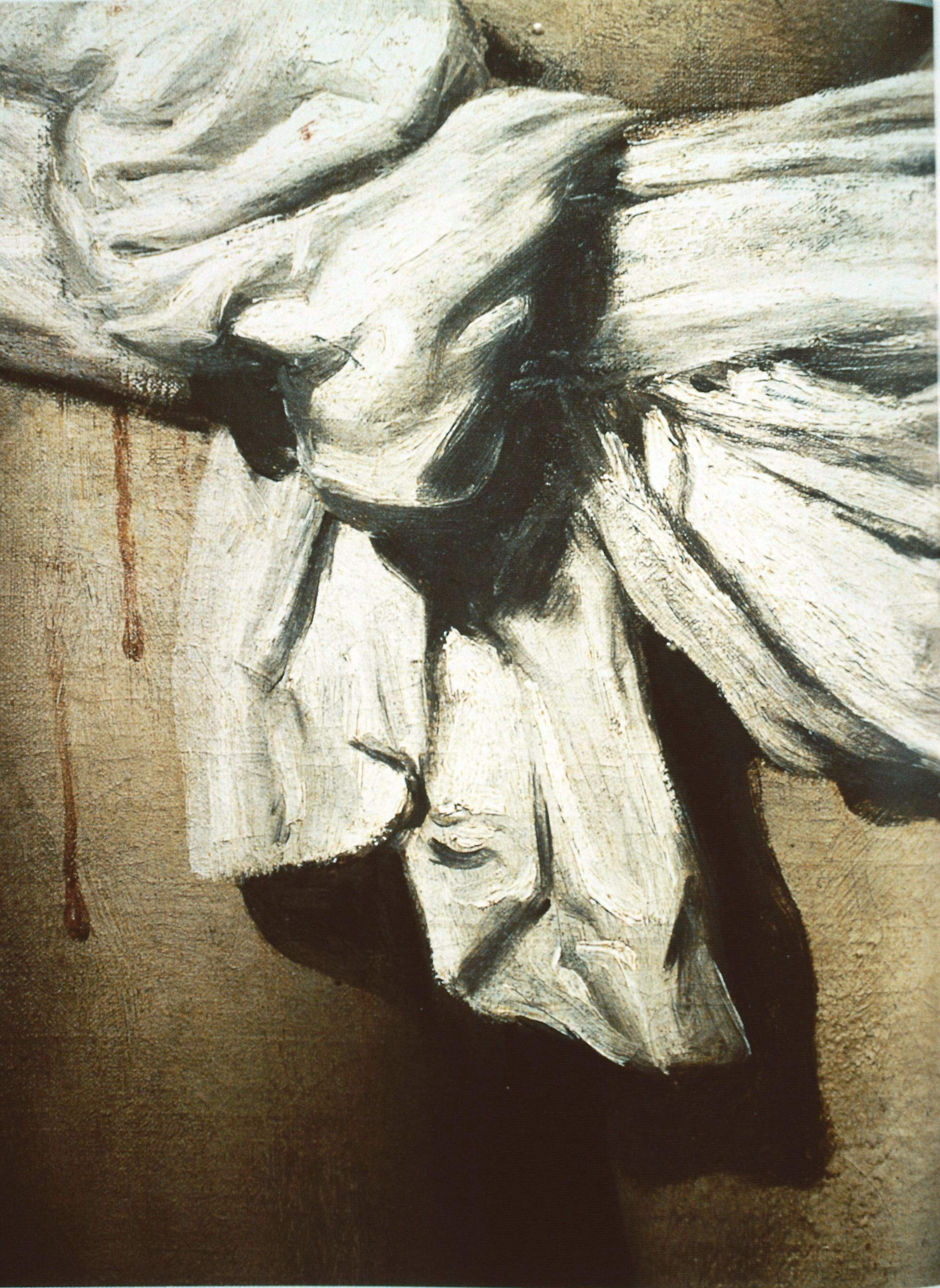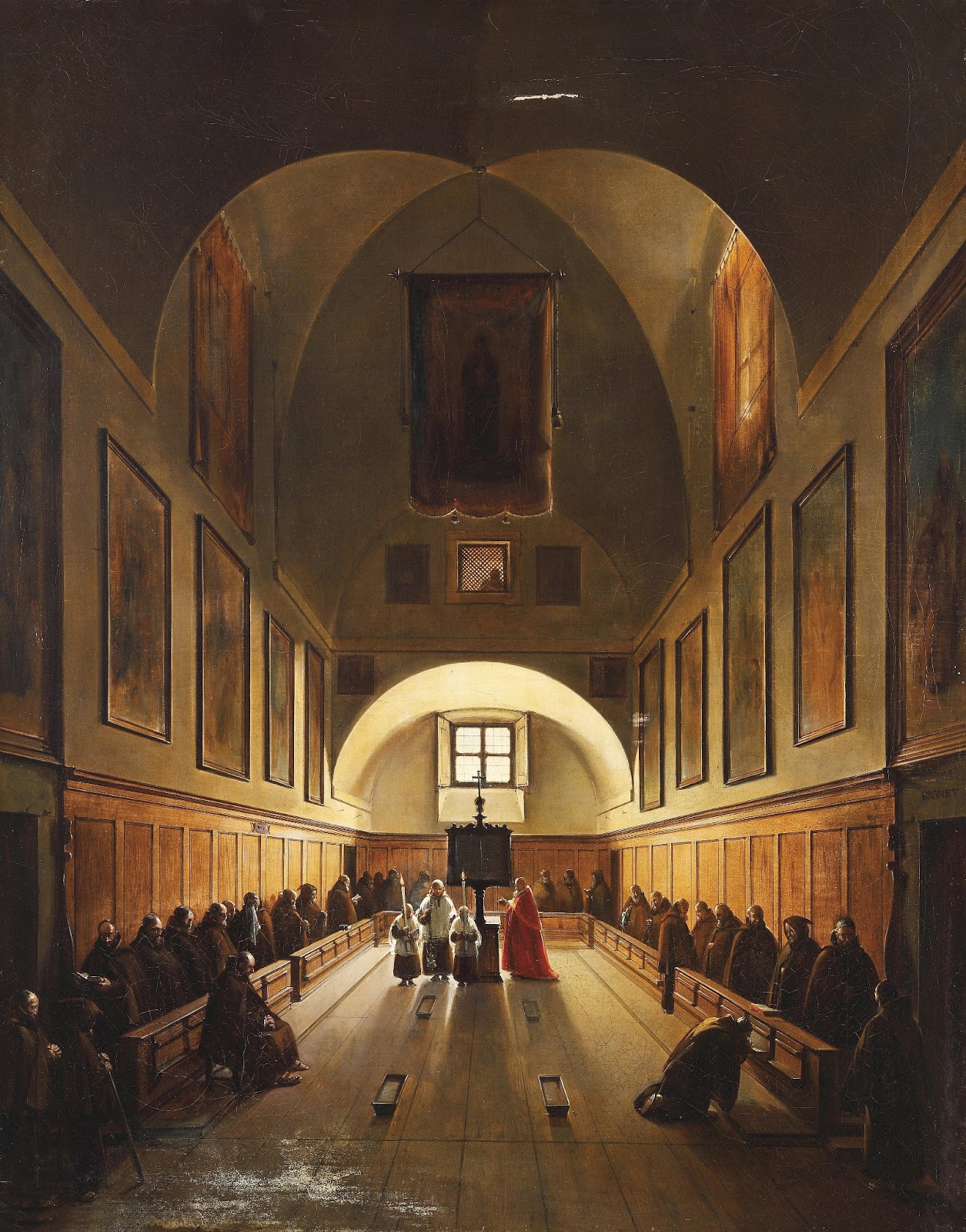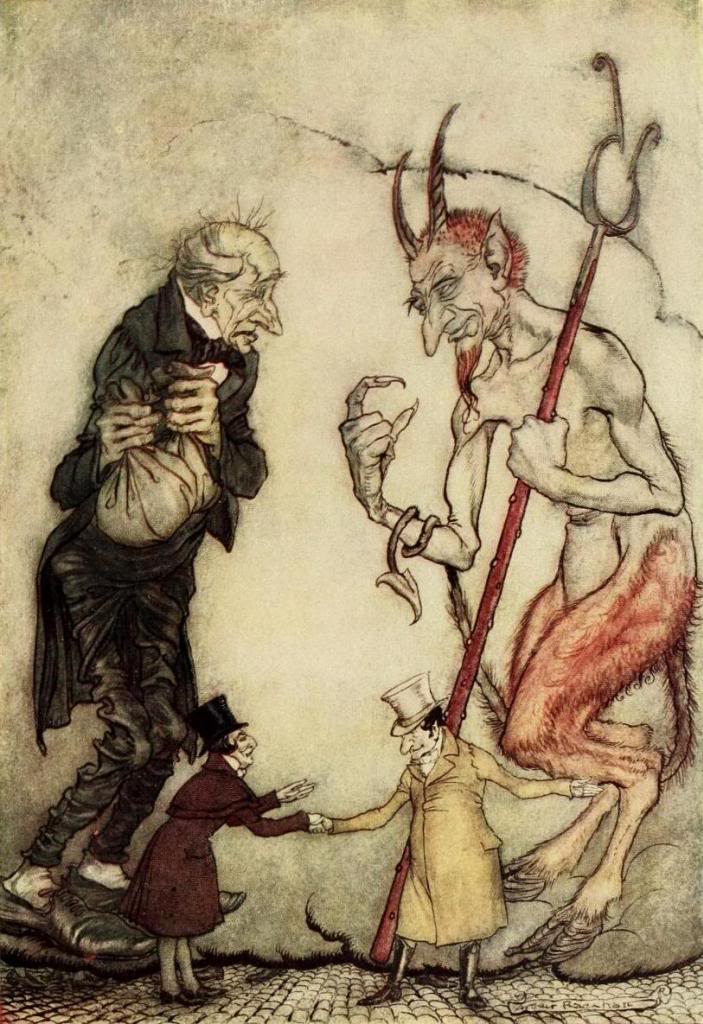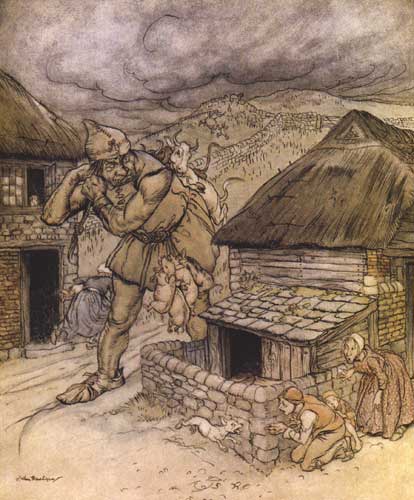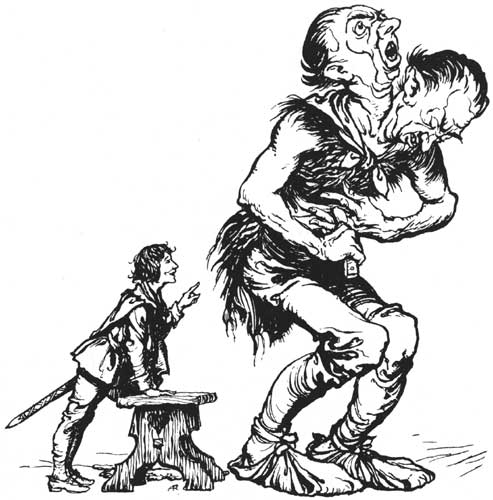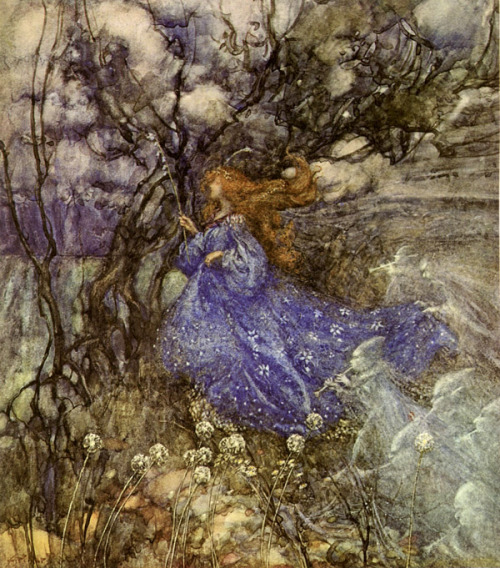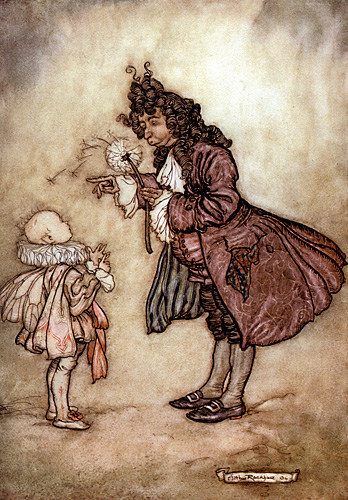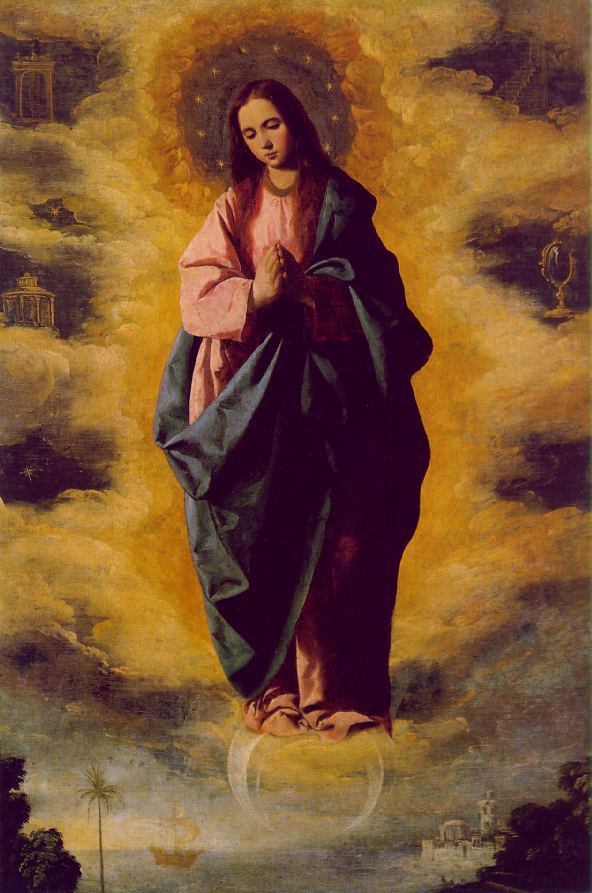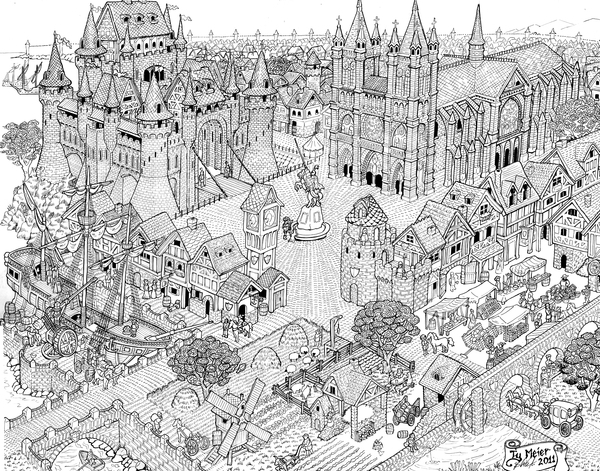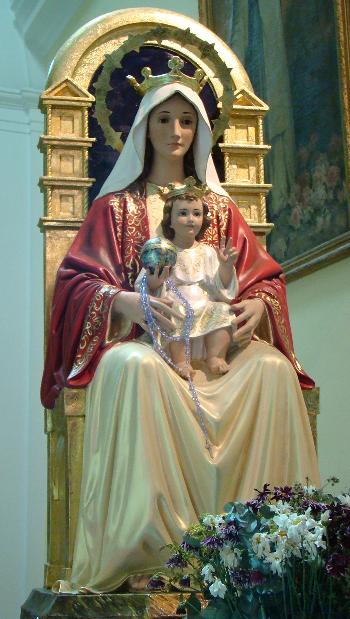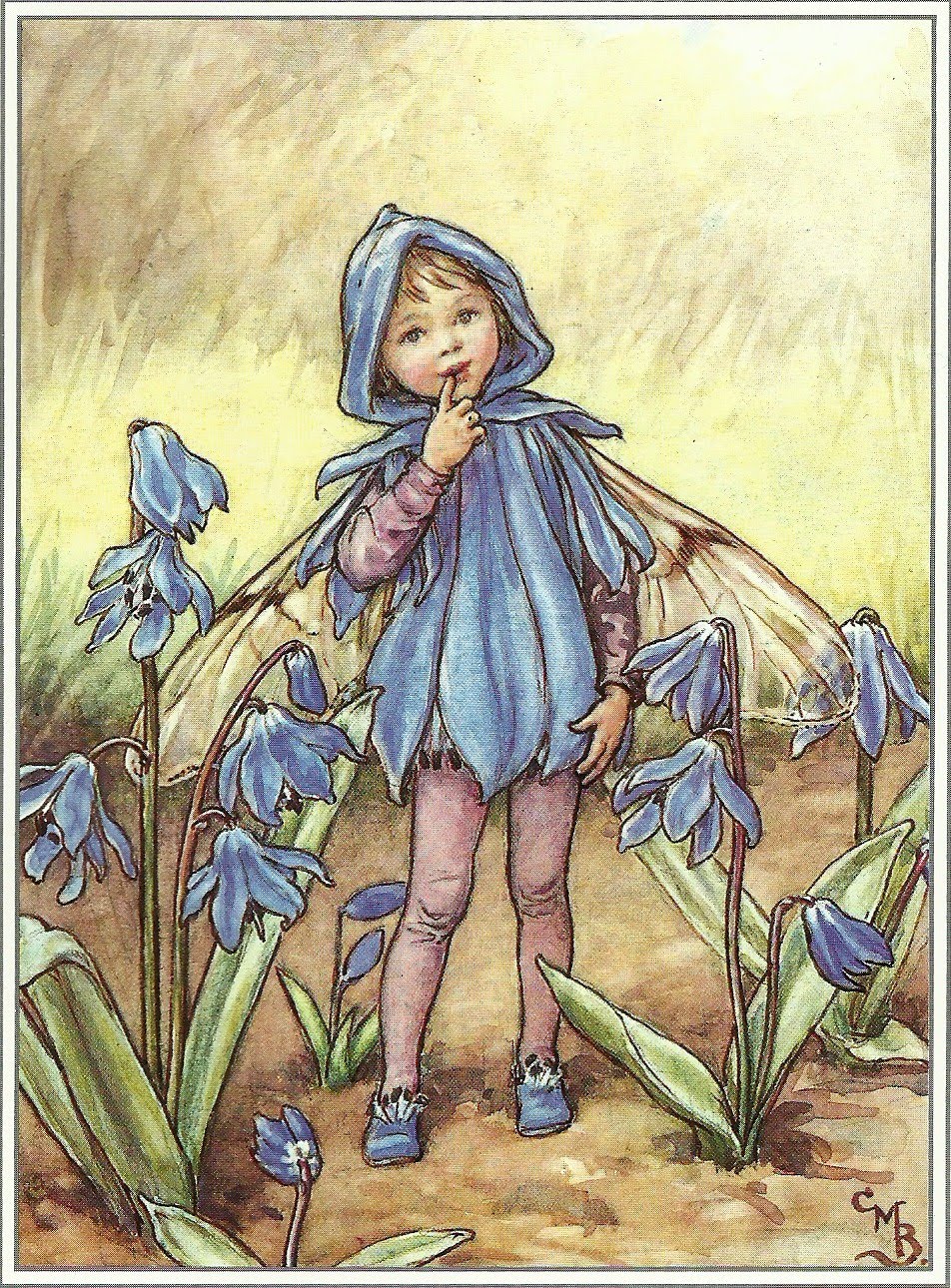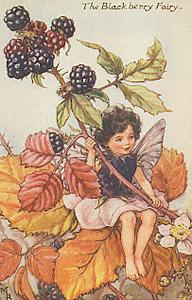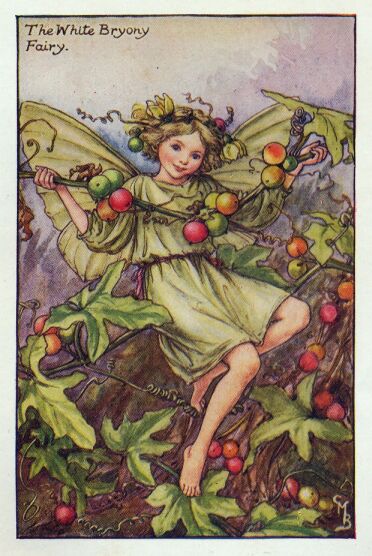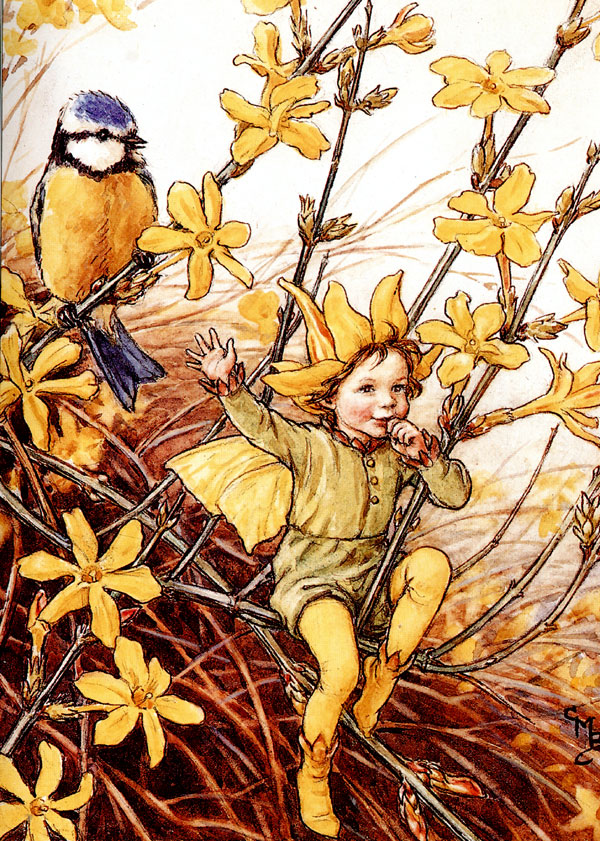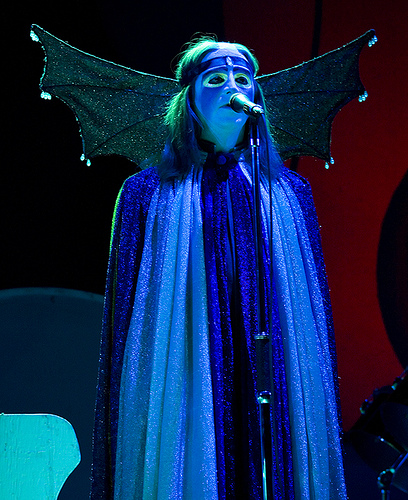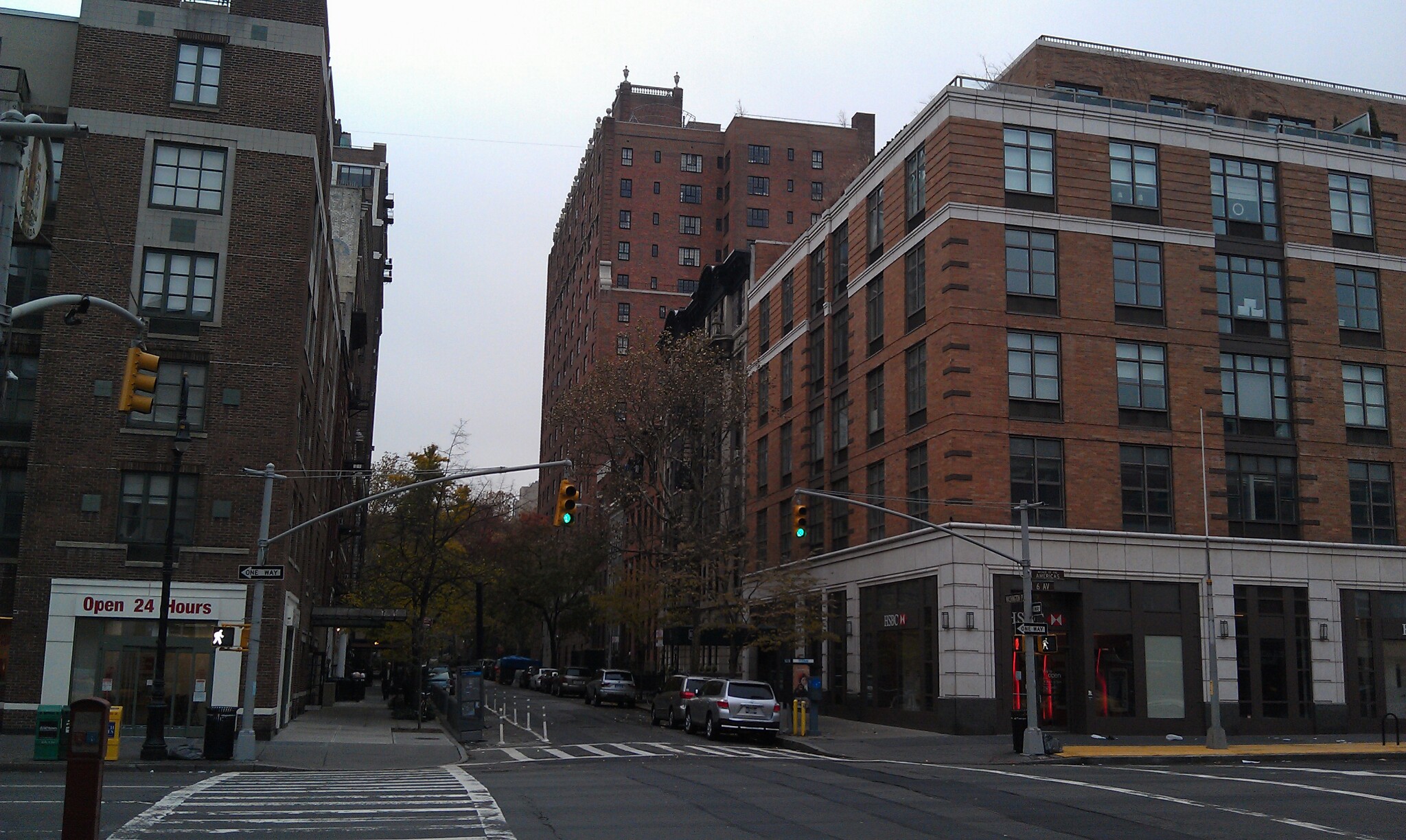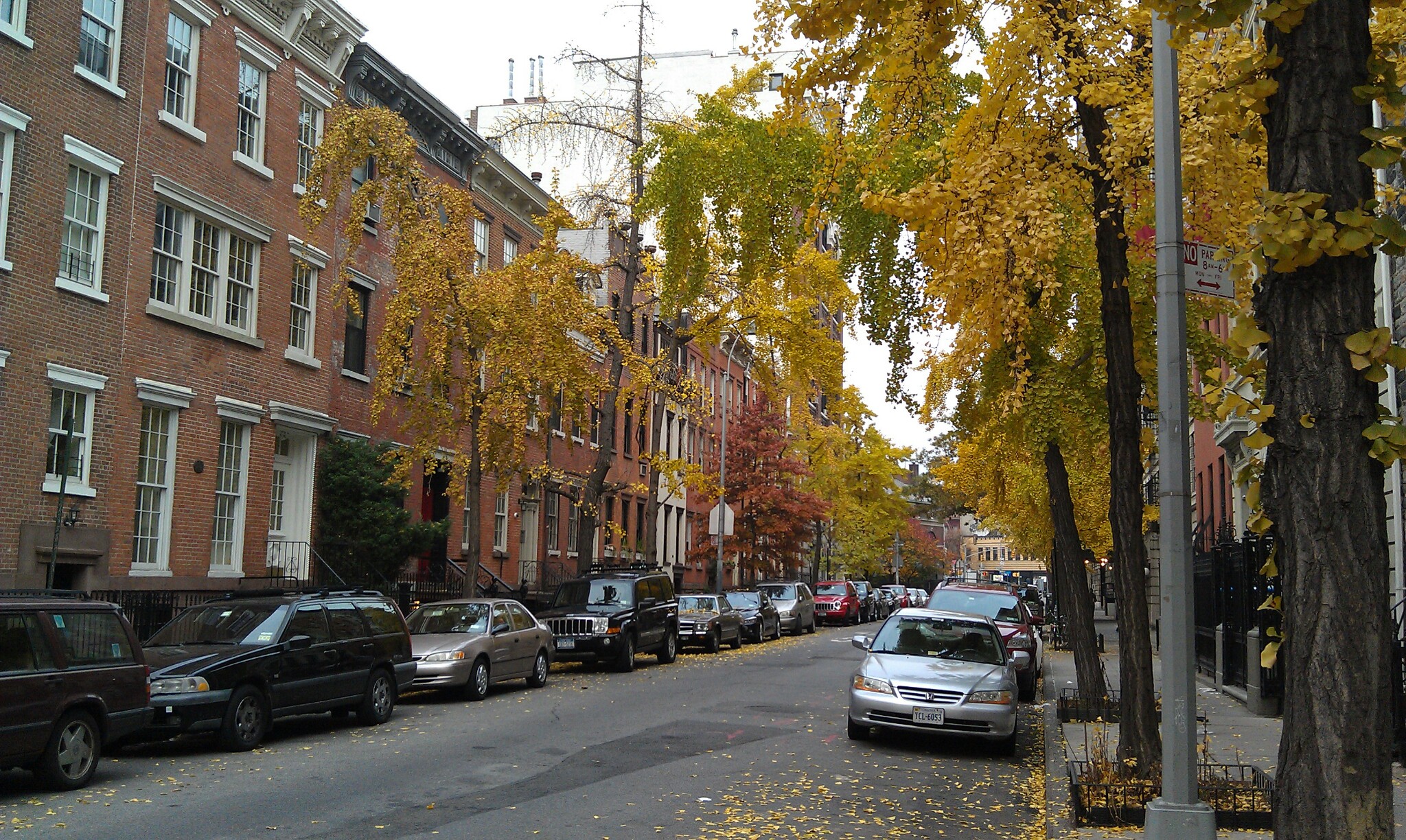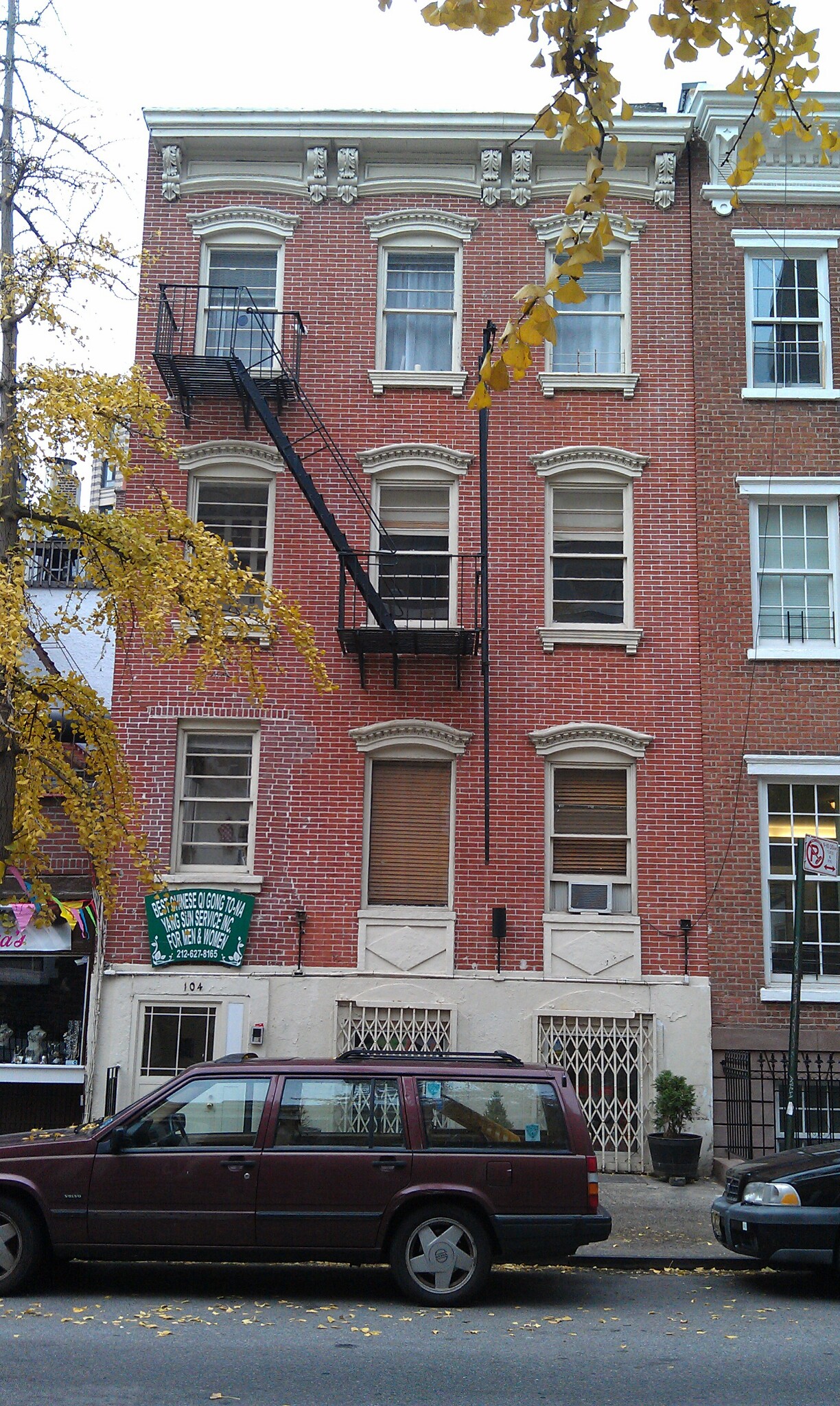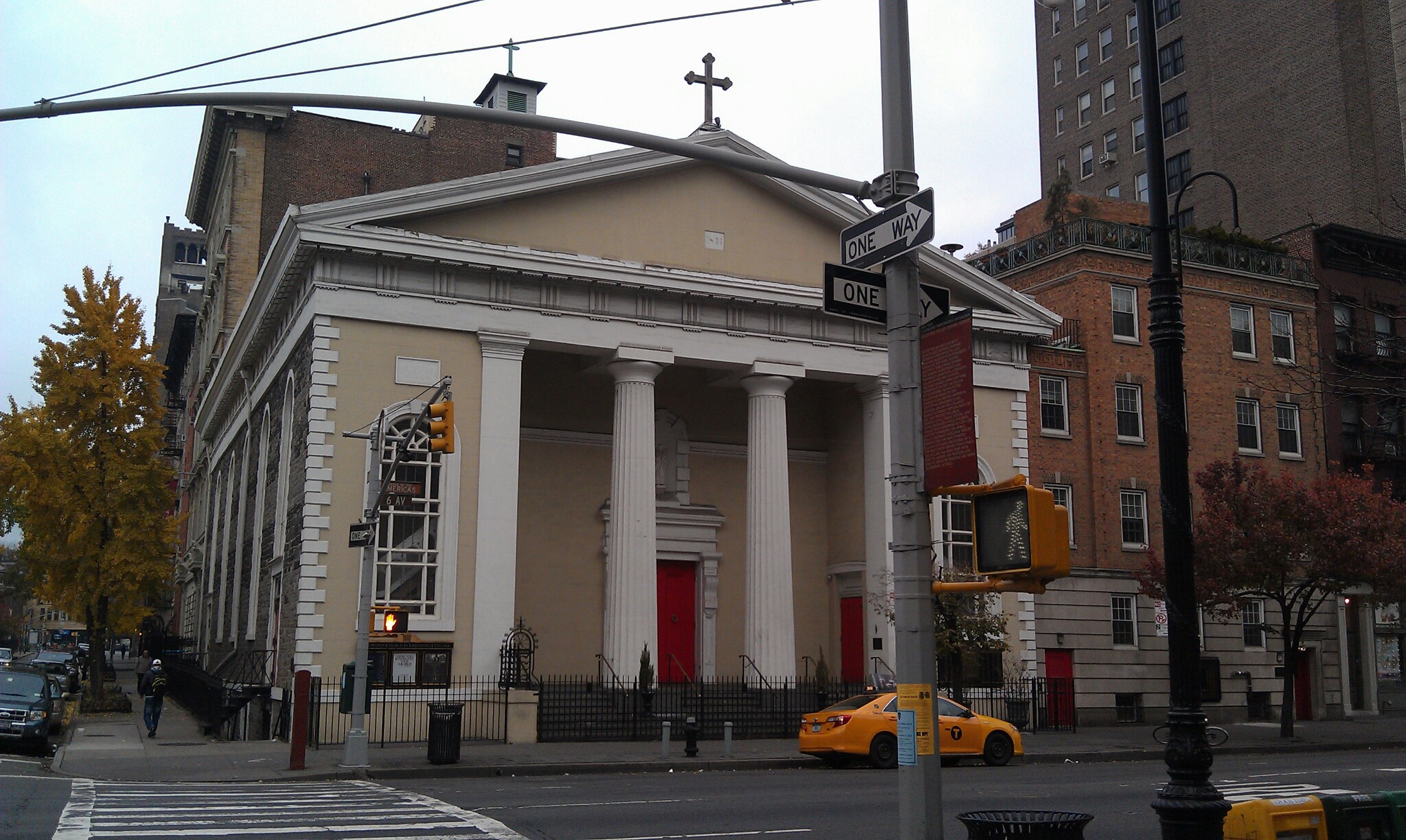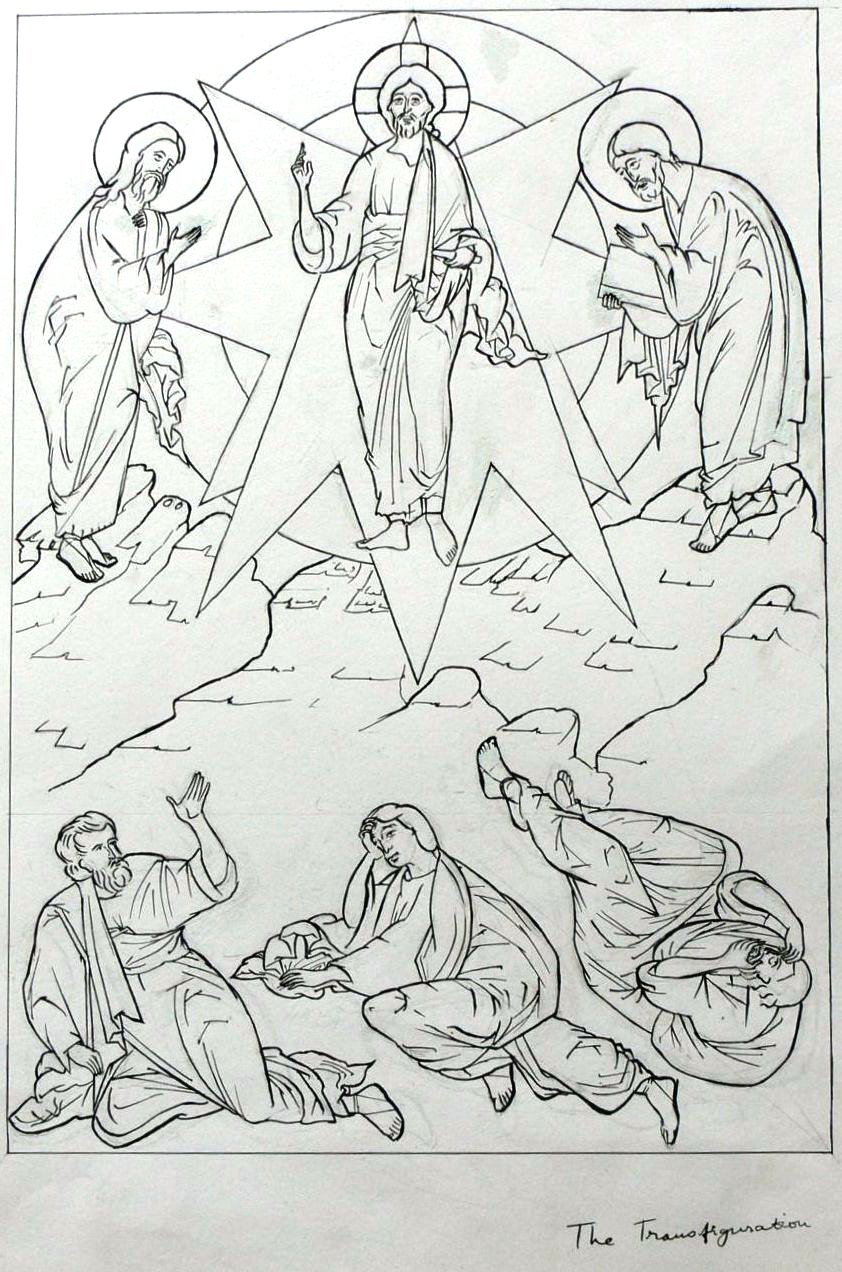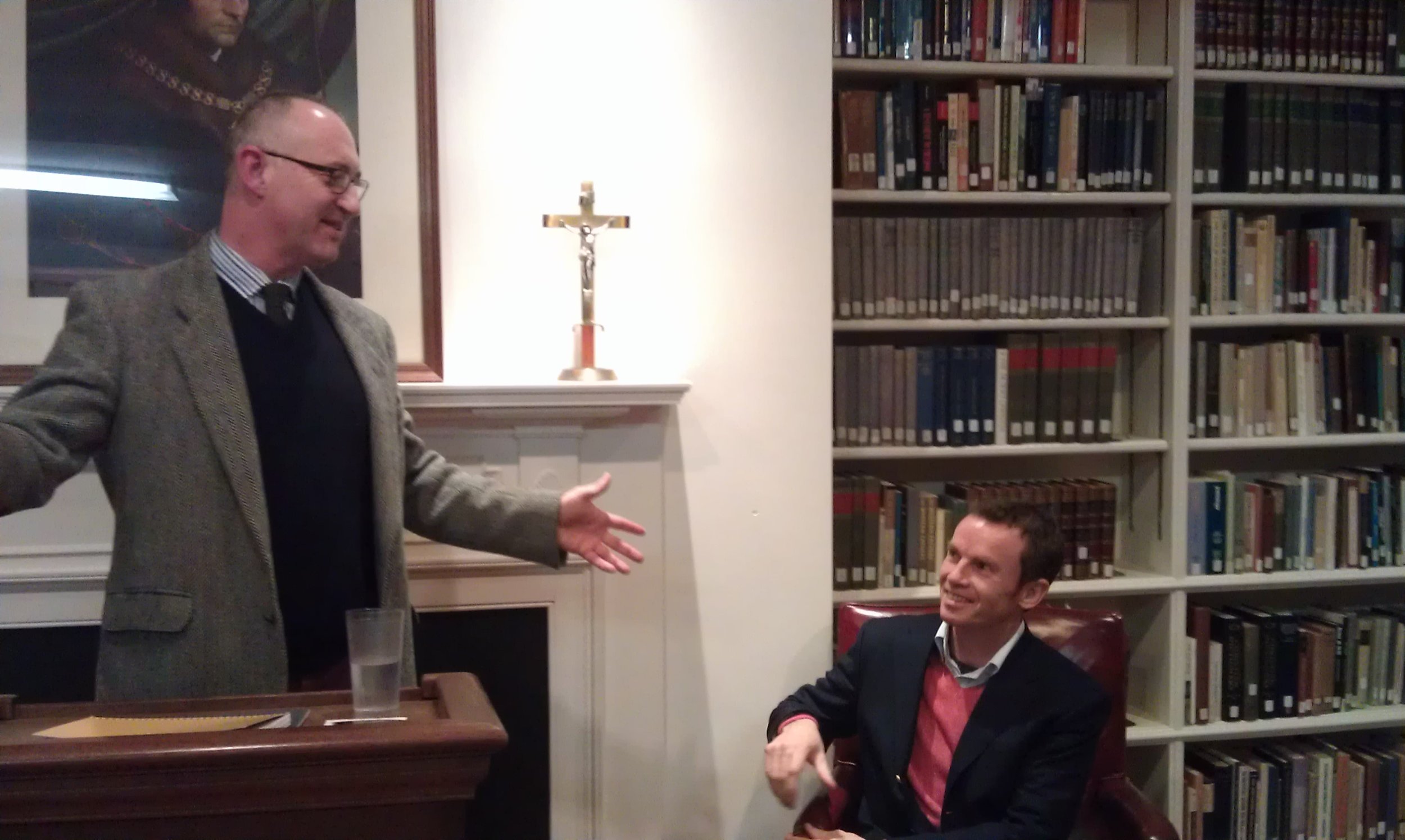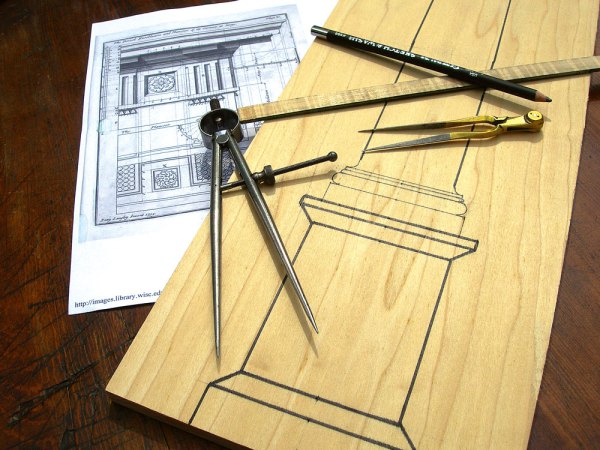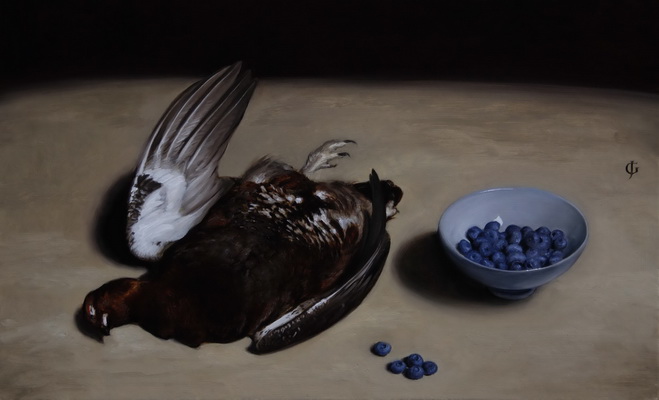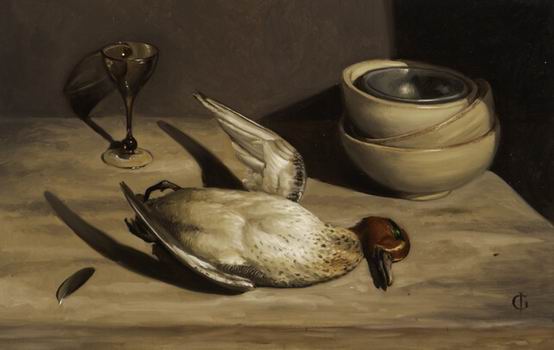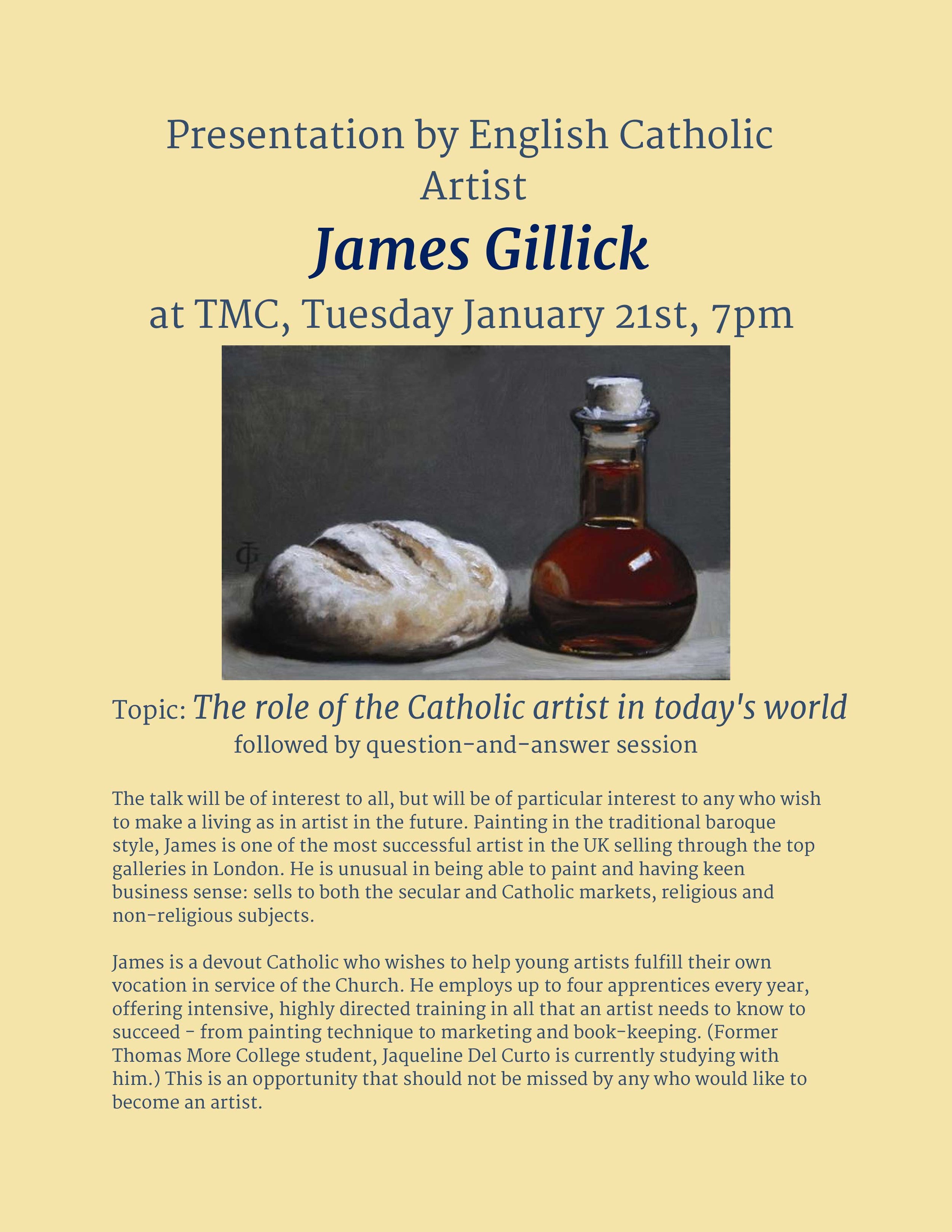 Beauty calls us to itself and then beyond, to the source of all beauty, God. God's creation is beautiful, and God made us to apprehend it so that we might see Him through it. The choice of images for our prayer, therefore, is important. Beautiful sacred imagery not only aids the process of prayer, but what we pray with influences profoundly our taste: praying with beautiful sacred art is the most powerful education in beauty that there is. In the end this is how we shape our culture, especially so when this is rooted in family prayer. The icon corner will help us to do that. I am using icon here in the broadest sense of the term, referring to a sacred image that depicts the likeness of the person portrayed. So one could as easily choose Byzantine, gothic or even baroque styles.
The contemplation of sacred imagery is rooted in man’s nature. This was made clear by the 7th Ecumenical Council, at Nicea. Through the veneration icons, our imagination takes us to the person depicted. The veneration of icons, therefore, is an aid to prayer first and it serves to stimulate and purify the imagination. This is discussed in the writings of Theodore the Studite (759-826AD), who was one of the main theologians who contributed to the resolution of the iconoclastic controversy.
Beauty calls us to itself and then beyond, to the source of all beauty, God. God's creation is beautiful, and God made us to apprehend it so that we might see Him through it. The choice of images for our prayer, therefore, is important. Beautiful sacred imagery not only aids the process of prayer, but what we pray with influences profoundly our taste: praying with beautiful sacred art is the most powerful education in beauty that there is. In the end this is how we shape our culture, especially so when this is rooted in family prayer. The icon corner will help us to do that. I am using icon here in the broadest sense of the term, referring to a sacred image that depicts the likeness of the person portrayed. So one could as easily choose Byzantine, gothic or even baroque styles.
The contemplation of sacred imagery is rooted in man’s nature. This was made clear by the 7th Ecumenical Council, at Nicea. Through the veneration icons, our imagination takes us to the person depicted. The veneration of icons, therefore, is an aid to prayer first and it serves to stimulate and purify the imagination. This is discussed in the writings of Theodore the Studite (759-826AD), who was one of the main theologians who contributed to the resolution of the iconoclastic controversy.
In emphasising the importance of praying with sacred images Theodore said: “Imprint Christ…onto your heart, where he [already] dwells; whether you read a book about him, or behold him in an image, may he inspire your thoughts, as you come to know him twofold through the twofold experience of your senses. Thus you will see with your eyes what you have learned through the words you have heard. He who in this way hears and sees will fill his entire being with the praise of God.” [quoted by Cardinal Schonborn, p232, God’s Human Face, pub. Ignatius.]
It is good, therefore for us to develop the habit of praying with visual imagery and this can start at home. The tradition is to have a corner in which images are placed. This image or icon corner is the place to which we turn, when we pray. When this is done at home it will help bind the family in common prayer.
![]() Accordingly, the Catechism of the Catholic Church recommends that we consider appropriate places for personal prayer: ‘For personal prayer this can be a prayer corner with the sacred scriptures and icons, in order to be there, in secret, before our Father. In a Christian family kind of little oratory fosters prayer in common.’(CCC, 2691)
Accordingly, the Catechism of the Catholic Church recommends that we consider appropriate places for personal prayer: ‘For personal prayer this can be a prayer corner with the sacred scriptures and icons, in order to be there, in secret, before our Father. In a Christian family kind of little oratory fosters prayer in common.’(CCC, 2691)
I would go further and suggest that if the father leads the prayer, acting as head of the domestic church, as Christ is head of the Church, which is His mystical body, it will help to re-establish a true sense of fatherhood and masculinity. It might also, I suggest, encourage also vocations to the priesthood.
The placement should be so that the person praying is facing east. The sun rises in the east. Our praying towards the east symbolizes our expectation of the coming of the Son, symbolized by the rising sun. This is why churches are traditionally ‘oriented’ towards the orient, the east. To reinforce this symbolism, it is appropriate to light candles at times of prayer. The tradition is to mark this direction with a cross. It is important that the cross is not empty, but that Christ is on it. in the corner there should be representation of both the suffering Christ and Christ in glory.
‘At the core of the icon corner are the images of the Christ suffering on the cross, Christ in glory and the Mother of God. An excellent example of an image of Christ in glory which is in the Western tradition and appropriate to the family is the Sacred Heart (the one from Thomas More College's chapel, in New Hampshire, is shown). From this core imagery, there can be additions that change to reflect the seasons and feast days. This way it becomes a timepiece that reflects the cycles of sacred time. The “instruments” of daily prayer should be available: the Sacred Scriptures, the Psalter, or other prayer books that one might need, a rosary for example.
This harmony of prayer, love and beauty is bound up in the family. And the link between family (the basic building block upon which our society is built) and the culture is similarly profound. Just as beautiful sacred art nourishes the prayer that binds families together in love, to each other and to God; so the families that pray well will naturally seek or even create art (and by extension all aspects of the culture) that is in accord with that prayer. The family is the basis of culture.
Confucius said: ‘If there is harmony in the heart, there will be harmony in the family. If there is harmony in the family, there will be harmony in the nation. If there is harmony in the nation, there will be harmony in the world.’ What Confucius did not know is that the basis of that harmony is prayer modelled on Christ, who is perfect beauty and perfect love. That prayer is the liturgical prayer of the Church.
A 19th century painting of a Russian icon corner








